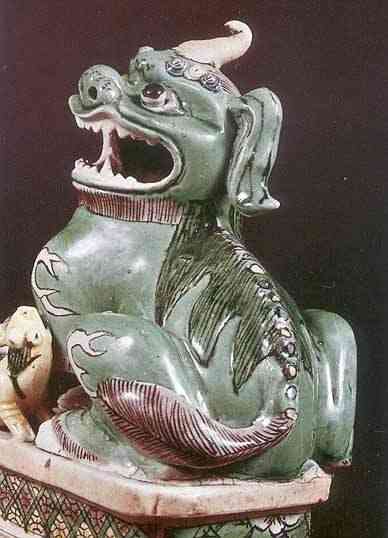|
Tibet was an independent State of, the flag comes from the time of s. HL 13. Dalai Lama |
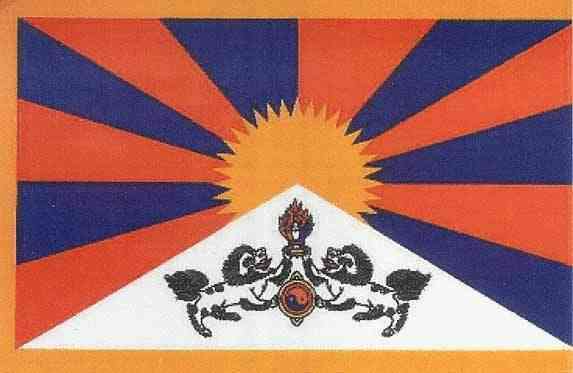 |
|
Representative figures of
these animals carry also today still the throne of s. HL Dalai Lama, as well
as the three jewels in the Tibetan national flag, which Buddha, its
teachings as well as the monk community represent. This over almost 1200
years lived Buddhism culture is again in all dog impacts of Tibet thus to
the Lhasa Apso, Shi Tzu, the Tibet Terrier, the Tibet Spaniel in addition,
the Do Khyi. Its own to all in ”more lion-similarly” heading with shawl,
likewise watchfulness and in the case of a threat courage and intrepidity. |
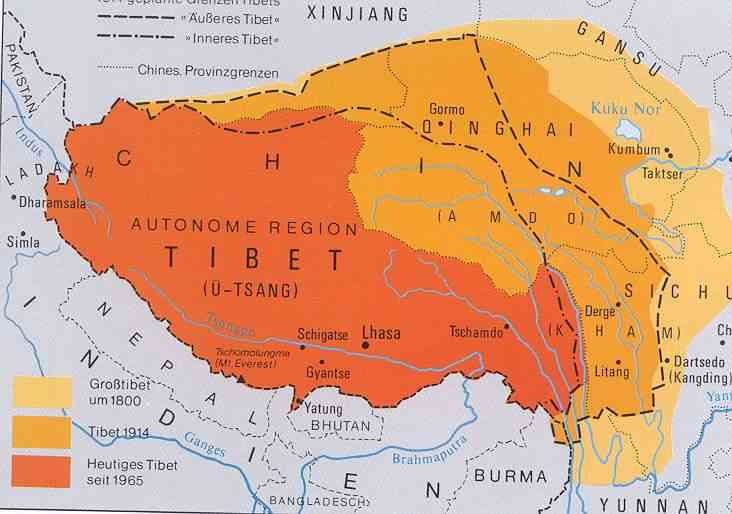
| Tibet, the homeland of these dogs was separated over centuries by the powerful mountain chains of the Himalaya, the Transhimalaya as well as by deserts and stone fields of the highland. Here the sources of the most important for Buddhism and Hinduism of often holy rivers, for example rise from the Huang He, the Jangtse kiang, the Mekong, Indus and Brahmaputra. All rivers of Eastern Asia have here their origin. Likewise however the lift of the East Asian continental disk develops underneath the high country. |
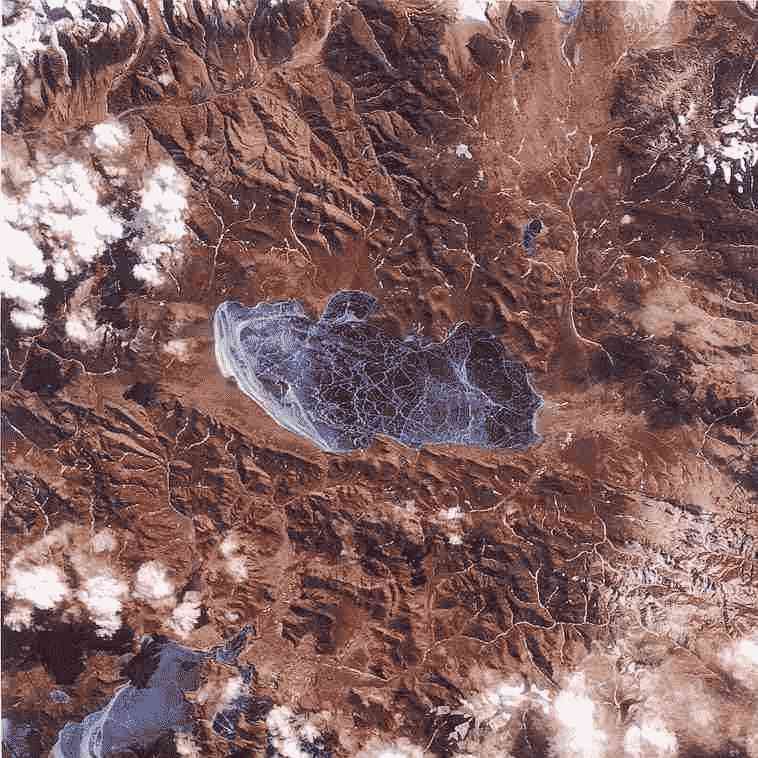 |
Actually no miracle that also the homeland of many Daemons, spirit and Gods
of the Boen religion still present in the people faith is here, likewise in
addition, many myths evenly over this "legendary” Country also in our
culture area.
|
|
Already - also today this country still
exercises a magic attraction on discoverers and adventurers, despite the
often life-hostile, climatic conditions and abrupt weather reversals. Poor,
icy hill-ranges dry and stony valleys as well as most extreme deserts change
themselves off with mildly air-conditioned, fruitful valleys.
|
Lake Yamdo Yutsho, Tibet source of picture: Dumontart travel guide, Tibet |
|
Almost up to the Chinese
annexation 1951 Tibet was the latest as antique advanced culture
which can be defined, whose survive can be explained over more than 12
centuries only by the life of humans in conformity with nature. The theory of the Buddhism in addition, the Boen religion has surely the prerequisites production for such a long period of the life, merged into the attention for all organisms. It only that the nature take which it also can give again. |
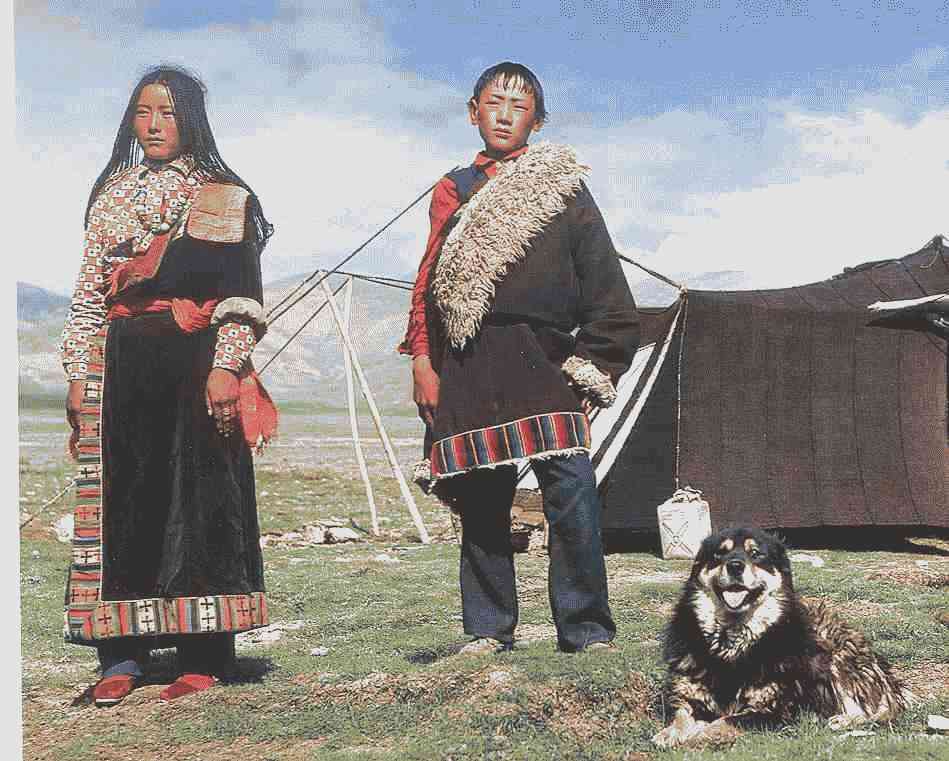

This time is with the Chinese rule past!
|
Also
in Tibet today the effects of the civilization of China are to be seen on
the environment in frightening extent. What ever subsequent effects this
destruction on the ecological system of Asia will have can not at present
yet scientifically be examined and occupied. The
largest problem for the country and the native population probably
represents the direct settlement by Chinese immigrants, whose will not keep
nutrition on the basis of an equilibrium upright can. Famine, with which predominantly the
Tibetan population died, as well as erosion and barrenness of the soil were
the result. Irrevocable damage in the ecological system to it send humans of
Tibet leaves the exploitation of the plentifully available resources by
China is.
Beginning around 1960 by the red guards of the Chinese “gang of four” almost
all monasteries, regardless of the cultural inheritance to mankind, were
destroyed even “useless” Organism such as birds, antelope, kiangs and wild
yaks destroys. Subsequently, the pursuit of the lion dogs of Tibet
everything the Do Khyi in front began. The target of China was it the
culture of the population to destroy around their inside to break religious
resistance. Also
today to a large extent regardless of all political organizations the
destruction of the Tibetan people is still, continued using for example over
obligation sterilizations, medical supply lacking and the withdrawal of the
bases of life of the native population.
Proclaiming of the autonomous region Tibet is defining for it. The fruitful
sections of Tibet the regions Amdo and Kham were assigned Chinese provinces. The Holocaust at the population of Tibet as well as the continuing destruction of the culture places and bases of life found to today still no substantial, international objections! |
Tsangpo river landscape formation of desert sand source of picture: Dumont art travel guide, Tibet 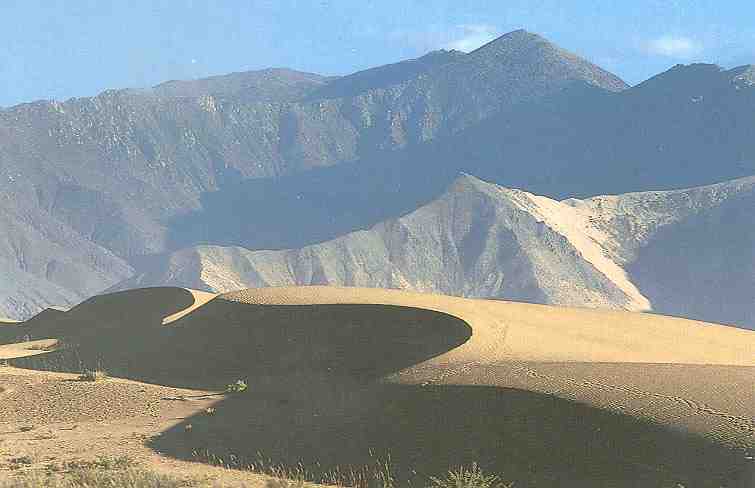 |
More about Tibet? - see
under " links"
|
|
![]()
